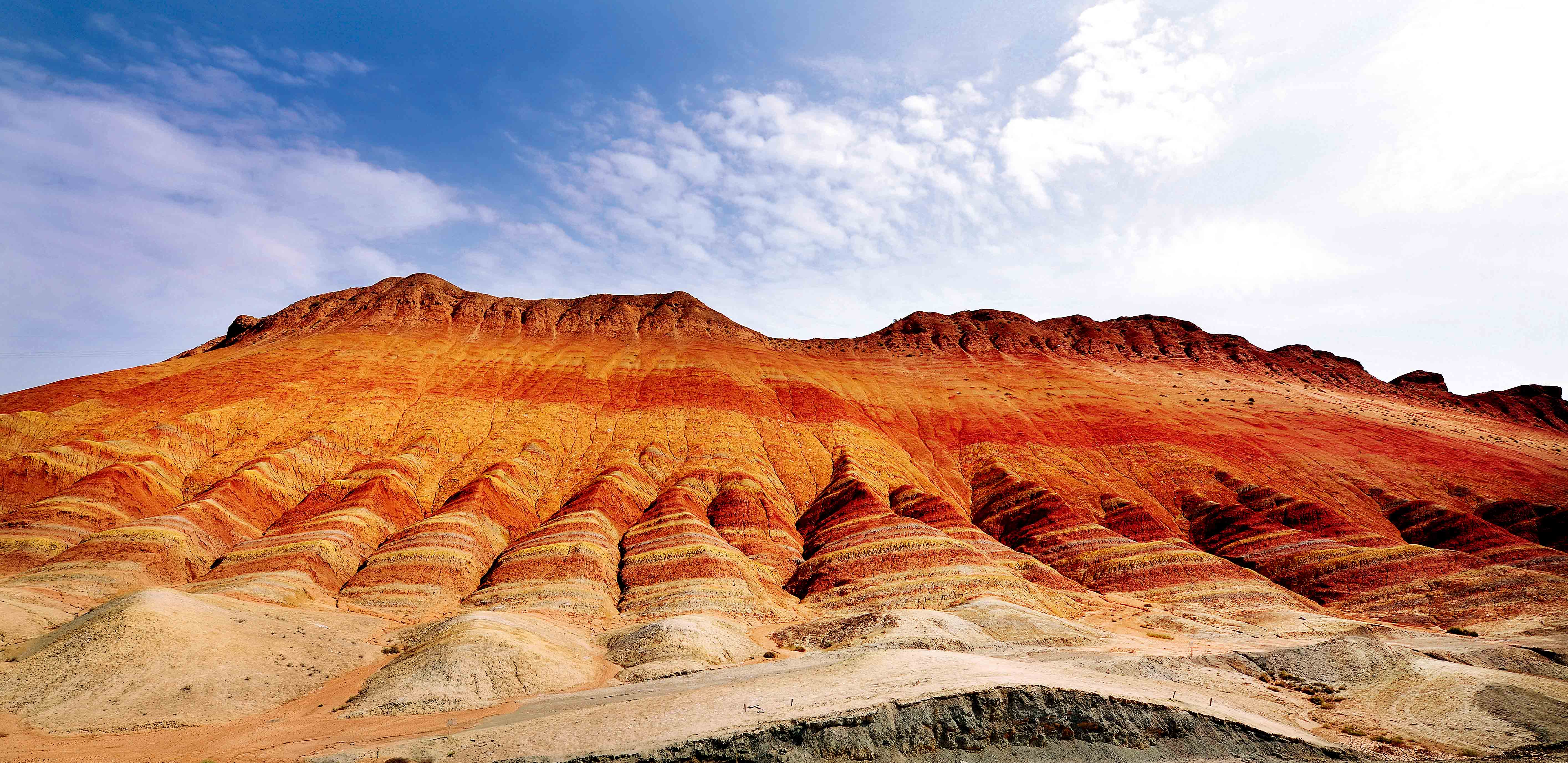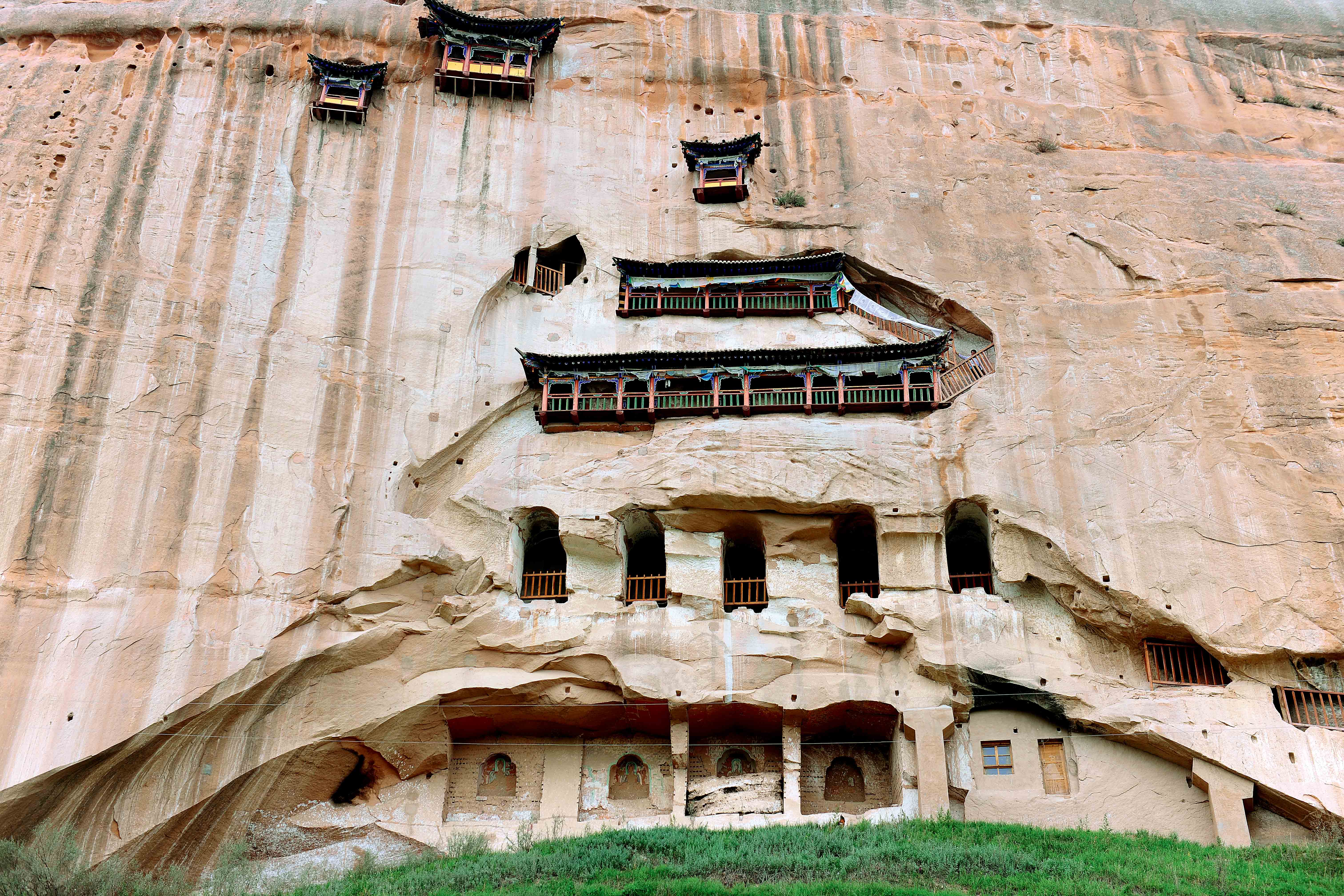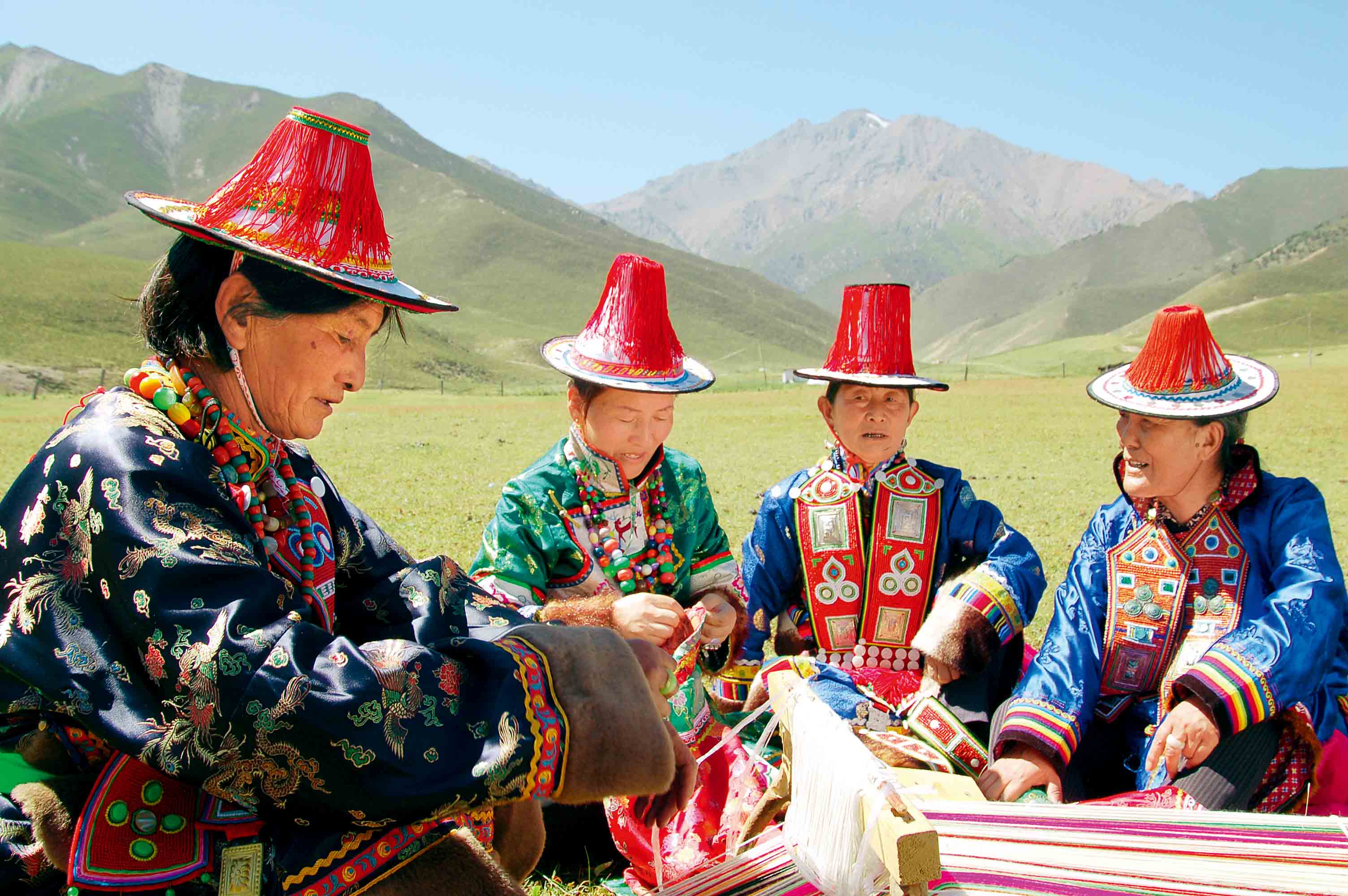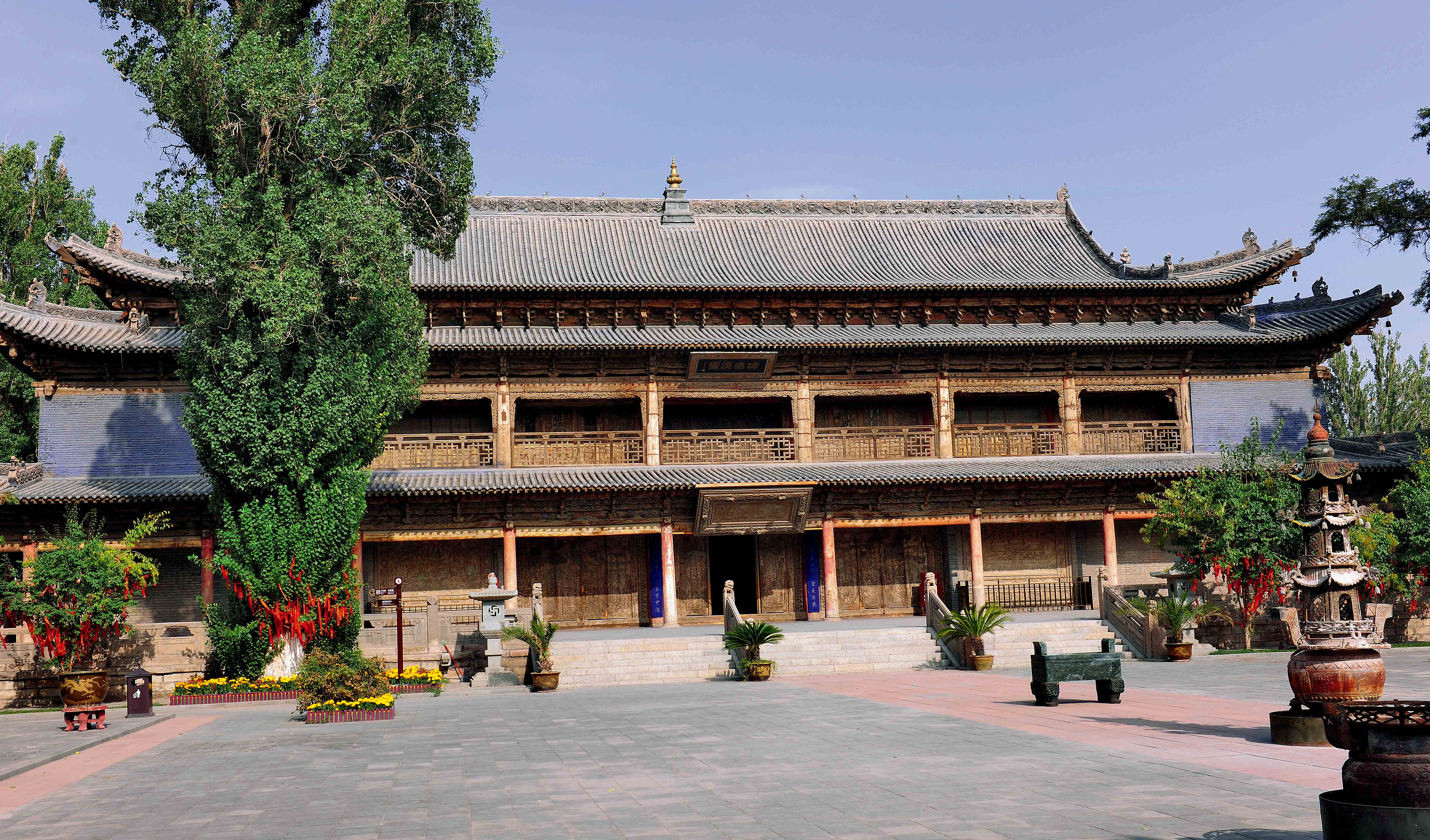
Danxia landform
Zhangye, a city in northwestern China's Gansu Province, has a history of more than 2,000 years. As an important city along the ancient Silk Road, Zhangye has rich historic sites and breathtaking natural scenery. One must-see site is Danxia landform, a type of petrographic geomorphology. The amazing landform has attracted many tourists to Zhangye.
Zhangye borders both the Qinghai-Tibet and Inner Mongolia plateaus. Qilian Mountains (a well-known mountain range in western China) is to the south of the city. Black River, the second-largest continental river in China, flows through the city.
Zhangye, originally named Ganzhou, was a famous commercial port along the ancient Silk Road. Zhangye was a political, economic and cultural center in ancient China. Merchants from other countries in Eurasia flocked to Zhangye to conduct trade.
Many Chinese first learned of Zhangye in 2009, due to A Simple Noodle Story, the movie directed by Zhang Yimou. The outdoor scenes were shot in Zhangye. The film displayed the marvelous natural scenery of Zhangye Danxia National Geological Park, a tourist attraction known for its Danxia landform.
Danxia, which means "rosy cloud" in Chinese, is a special landform of reddish sandstones, psephites and pelites, all of which have been eroded over time. The sandstone, psephites and pelites have been shaped into hills and steep rocks, the result of climate change, special geological structuring and weathering, and erosion over millions of years. Under the sunlight, the Danxia landform looks like a sea of fire with colorful — yellow, orange, blue, green and gray — waves.
The Danxia landform in Zhangye is a valuable treasure that has been created by nature. Zhangye is a place where travelers will be amazed by the uncanny workmanship of nature.
Zhangye is like a living history book; it is well-known for its historic sites and the remains of ancient civilization, including a wooden pagoda constructed during the Sui Dynasty (581-618), a temple built during the Western Xia Dynasty (1038-1227), relics of the Heishui Kingdom (according to the legend, it was a kingdom founded by some nomadic people) and tombs built during the Han (202 BC-220) and Wei and Jin dynasties (220-420).
The Giant Buddha Temple was built in 1098, during the Western Xia Dynasty. The temple has a reclining Buddha, which is 34.5 meters long, and it is the largest indoor reclining Buddha in China. In the temple, there are 31 painted sculptures built during the Western Xia Dynasty. More than 6,000 volumes of Buddhist sutras, given by Emperor Yingzong (1427-1464) of the Ming Dynasty (1368-1644), have been well-preserved in thetemple. Among them, the sutras written with gold and silver powder are quite valuable.
Mati (horse hooves, in Chinese) Temple Grottoes is located in the cliff of a mountain in Sunan Yugur Autonomous County, in Zhangye. According to legend, a horse from heaven once left the marks of horse hooves in the temple. The legendary horse hooves now exist in Mati Hall, and they are an indispensable treasure of the temple. The grottoes consist of temples and Buddha caves inside the cliff, with wooden pavilions clinging miraculously to the rock. Most of the sculptures were made with clay, as the mountain was formed by red sandstone that was not suitable for carving. The grottoes date back to the Eastern Jin Dynasty (317-420). Many valuable cultural relics have been well-preserved in the grottoes, including a sword during the Northern Wei Dynasty (368-534) and the imperial robe of Emperor Kangxi (1654-1722), of the Qing Dynasty (1644-1911). The Mati Temple Grottoes have been a Mecca for Buddhists since the Yuan Dynasty (1271-1368).
The Yugur ethnic group is one of the three minority groups in Gansu. Most people of the Yugur ethnic group are inhabitants of Sunan. Yugur people believe in Tibetan Buddhism or primitive religion. They live in tents, and they wear robes. They are good at singing and dancing. There are some Yugur tents near the grottoes. In the tents, travelers can enjoy the folk songs and dances performed by Yugur people, and they can eat delicious foods unique to the Yugur ethnic group.

Mati Temple Grottoes

Women of the Yugur ethnic group

The Giant Buddha Temple